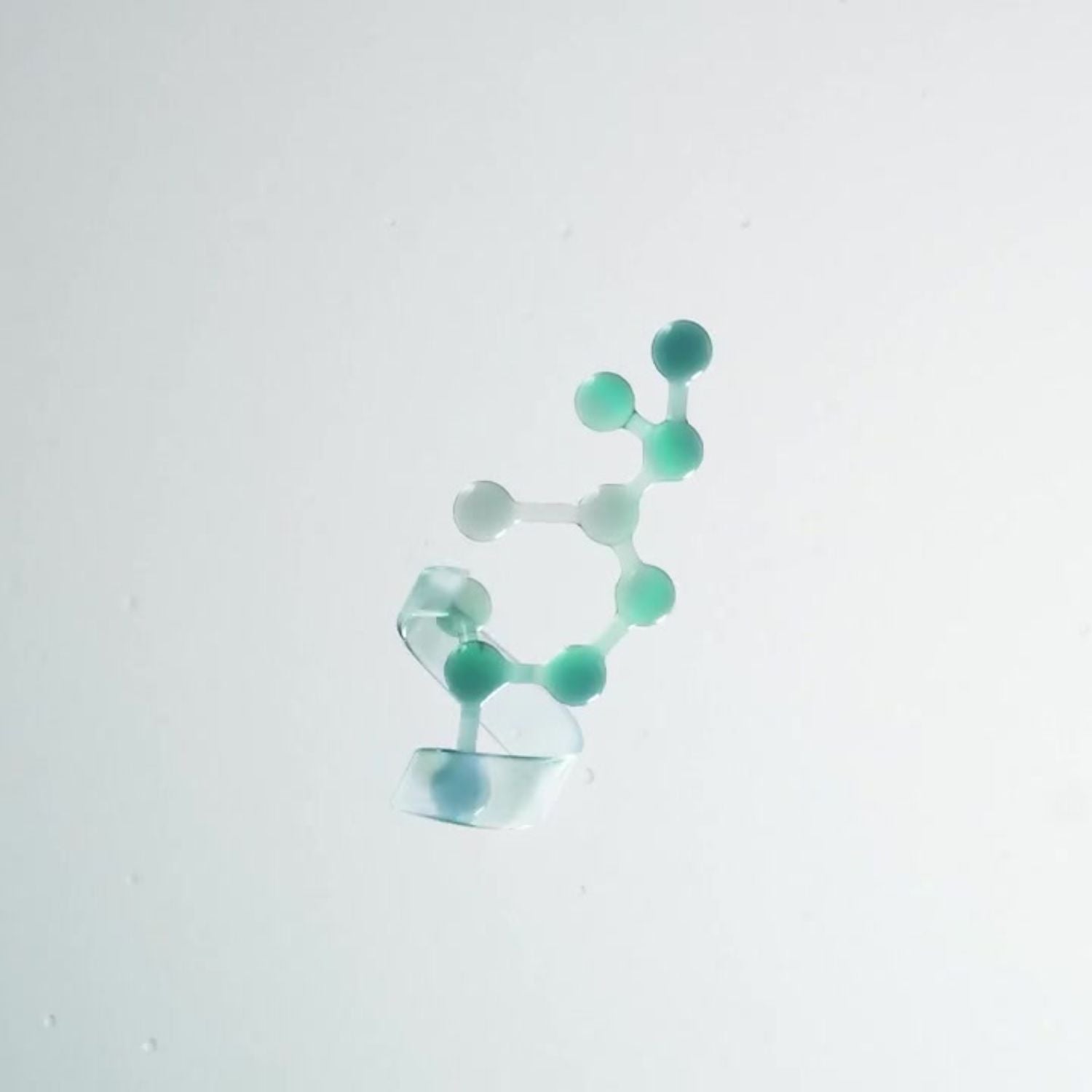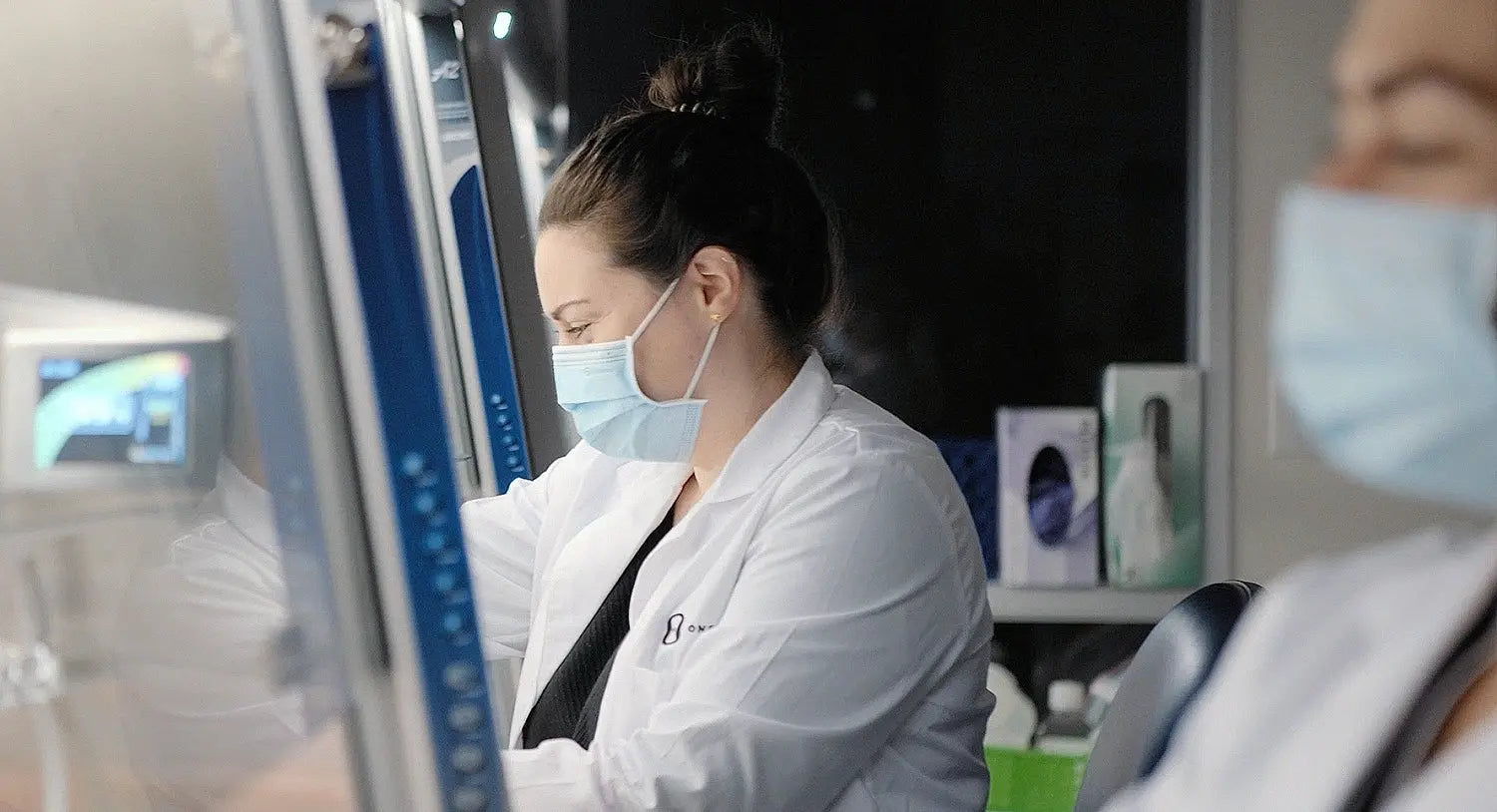Barrier Function
Skin treated with OS-01 FACE presented a significantly lower TEWL (14% at 6 weeks and 18% at 12 weeks) compared to baseline. This indicates a significant increase in the skin’s barrier function. In contrast, skin treated with the vehicle formulation showed minimal change in TEWL compared to baseline. This highlights the direct impact of the OS-01 peptide on skin barrier improvement.
It’s worth noting that this study was conducted in a dry climate during the winter months, when skin is typically more dehydrated. (4) While the vehicle formula didn’t impact TEWL according to vapometer readings, 84% of participants reported an improvement in skin hydration after 12 weeks and 100% reporting an improvement after 6 weeks for both formulations, which is likely a result of the product’s supporting ingredients.
The improved skin barrier is thought to be the result of the OS-01 peptide’s ability to increase epidermal thickness and stimulate the expression of HAS2, a key biomarker associated with hyaluronic acid synthesis, as we’ve previously observed in ex vivo human skin samples and 3D human skin models. (2) Additionally, the peptide’s capacity to reduce senescent burden in skin and promote cell proliferation, as shown by increasing the expression of cell proliferation biomarker, Ki67, likely contributes to this result. (2)
A stronger skin barrier not only improves appearance, it provides better protection against allergies (5), atopic dermatitis (6), and even systemic inflammation (7).









